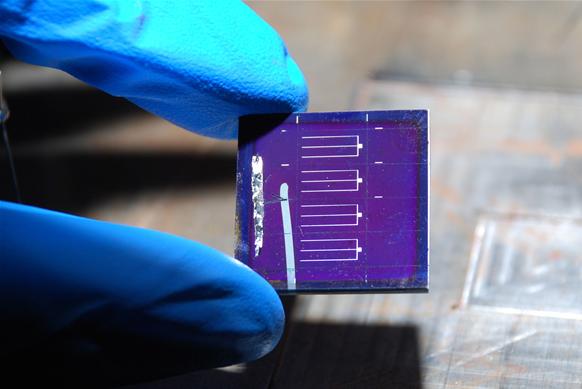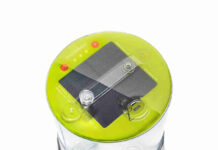
According to IBM photovoltaic scientists, copper, zinc, tin and selenium – CZTS, will yield efficient thin-film solar cells made from abundant materials. Photovoltaic scientists from IBM Teodor Todorov and David Mitzi detailed the findings of a paper that describes the highest efficiency for solar cells made from CZTS.
The technical paper published in Advanced Energy Materials tells us that CZTS solar cells are able to convert 11.1 percent of solar energy to electricity. The paper argued that CZTS solar cells could achieve high enough efficiency to make them commercially marketable.
Solar cells made from copper, indium, gallium and selenium – CIGS, is the next target of IBM photovoltaic scientist’s team. The efficiency of CIGS solar cells is about 12 percent in solar panels and 20 percent in labs.
According to Mitzi, if CZTS would get 15 percent efficiency is possible to displace CIGS. “There’s no fundamental reason that we know of why we cannot get up to the same efficiencies with CZTS as we do with CIGS,” he says. “It’s one of the key goals for the field for the next year or two.”
CZTS as alternative to CIGS is driven by availability of the raw material to make solar cells, Mitzi added, this way much of the production is centered inChina. Replacing all those elements with more abundant copper and tin in CZTS solar cells has the potential to supply 500 giga watts of solar power, many times more than CIGS, according to the paper. The researchers have sought to replace selenium with more abundant sulfur as well to address material availability.
The alternative of CZTS had a five years time horizon. IBM is a working solar company in the research that includes Japan Solar Frontier which installed 577 megawatts worth of CIGS panels last year, according to GTM Research.
Solar manufacturers promised to develop cheaper thin-solar panels but the costs of components have dropped precipitously over the past three years. Now there are a reasonable number of research groups working with CZTS having an eye towards the long term.



